By Francesca Nicasio, Vend
www.vendhq.com
When it comes to in-store shopping, the experience counts just as much as the sale. When consumers can go online and buy just about everything, you need to provide them with a solid value proposition as to why they should make the effort to come into your store.
The future of brick-and-mortar is not as a storehouse for your inventory but as a space for consumers to be immersed in your brand identity and story.
Enter experiential retail. Experiential retail is a marketing strategy in which physical retail spaces offer additional experiences beyond browsing or buying products. Experiential retail stores use amenities like advanced technology, exclusive in-store services or events and knowledgeable staff to create memorable in-store experiences that foster brand loyalty.
Why Retailers Should Invest in Experiential Retail
Brick-and-Mortar Is Making a Big Comeback
After being severely disrupted by the COVID-19 pandemic, all signs are pointing to a major revival of physical retail. As COVID restrictions ease, it’s clear that consumers are raring to get back to stores for more reasons than curbside pickup; they want to explore and be engaged by unique retailing.
Younger Consumers Are Experience Orientated
We could easily call 2020 the year of Amazon due to widespread consumer reliance on the marketplace to meet their needs. But this has drawn attention to what e-commerce can’t offer: immersive, memorable brand experiences. By investing in experiential retail, you’re giving consumers more reasons to walk into your store and spend time experiencing what your brand has to offer. It’s the gateway to building a lasting relationship with your customers.
Building Loyalty Through Value-Added Retail
In such a competitive retail sector, brand loyalty has become harder to acquire. It takes 37% of consumers at least five purchases before they consider themselves brand loyal. And their experience plays a key role; 93% of customers are likely to purchase from brands again if their previous experiences were excellent.
Experiential retail projects provide a major point of difference for brands. Instead of the in-store experience being purely transaction orientated, it provides additional value by giving consumers access to inspiration.
Experiential Retail Examples and Tips on How to Do It
Implement Omnichannel Offerings
Consumers might enjoy shopping in person, but this doesn’t mean they’re not utilizing other channels to assist their purchasing decisions. According to AdColony, 61% of consumers said it’s important to have a mobile device while shopping in-store.
You can improve customer satisfaction by facilitating smooth transitions between your digital store experience and your offline offerings. Refining these touch points also gives you valuable insight into consumer behavior and how customers want to engage with your brand.
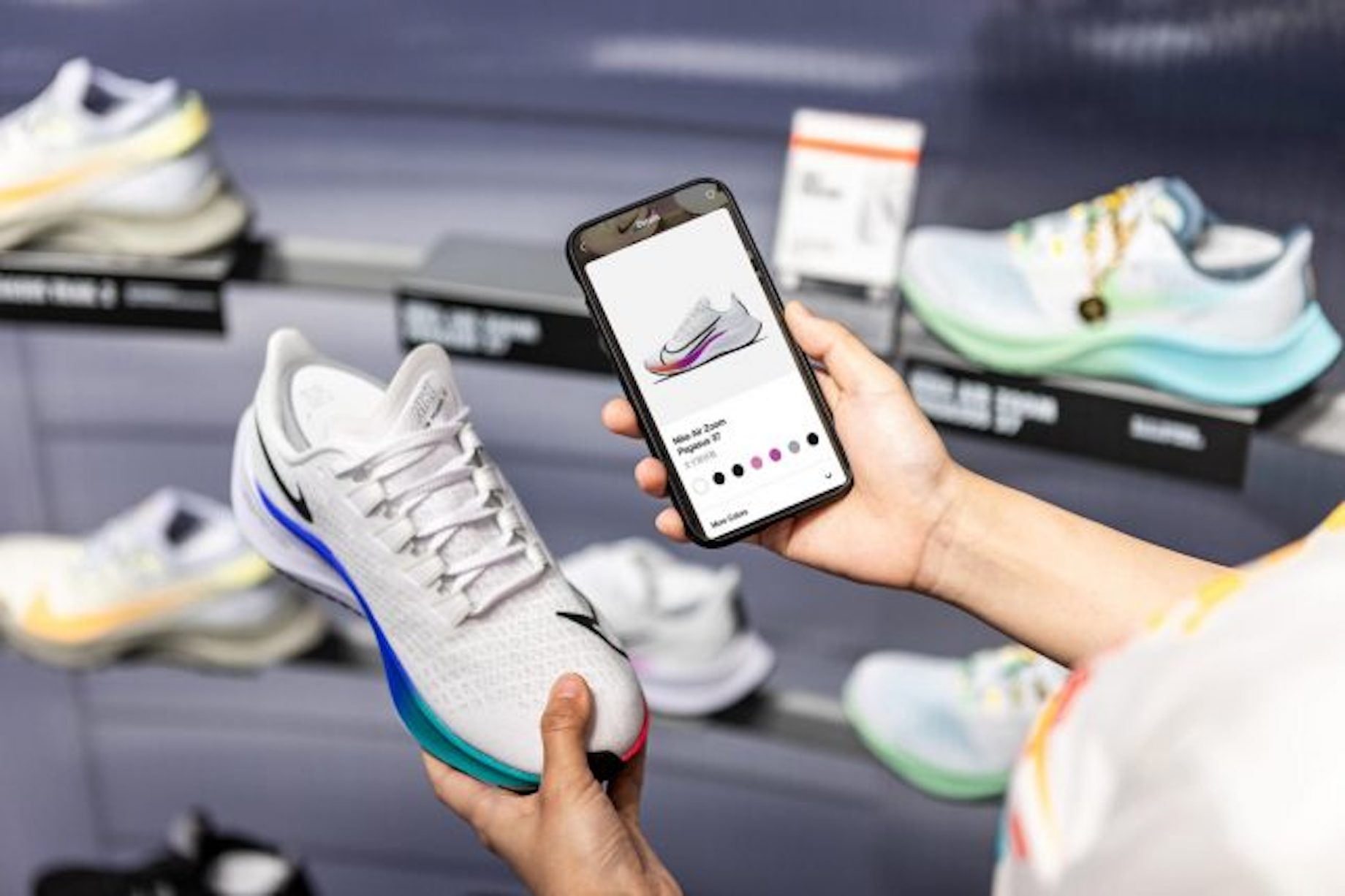
Nike is a trendsetter when it comes to immersive in-store shopping. Nike Rise, its experiential store concept, is pushing omnichannel to a new level via the Nike app.
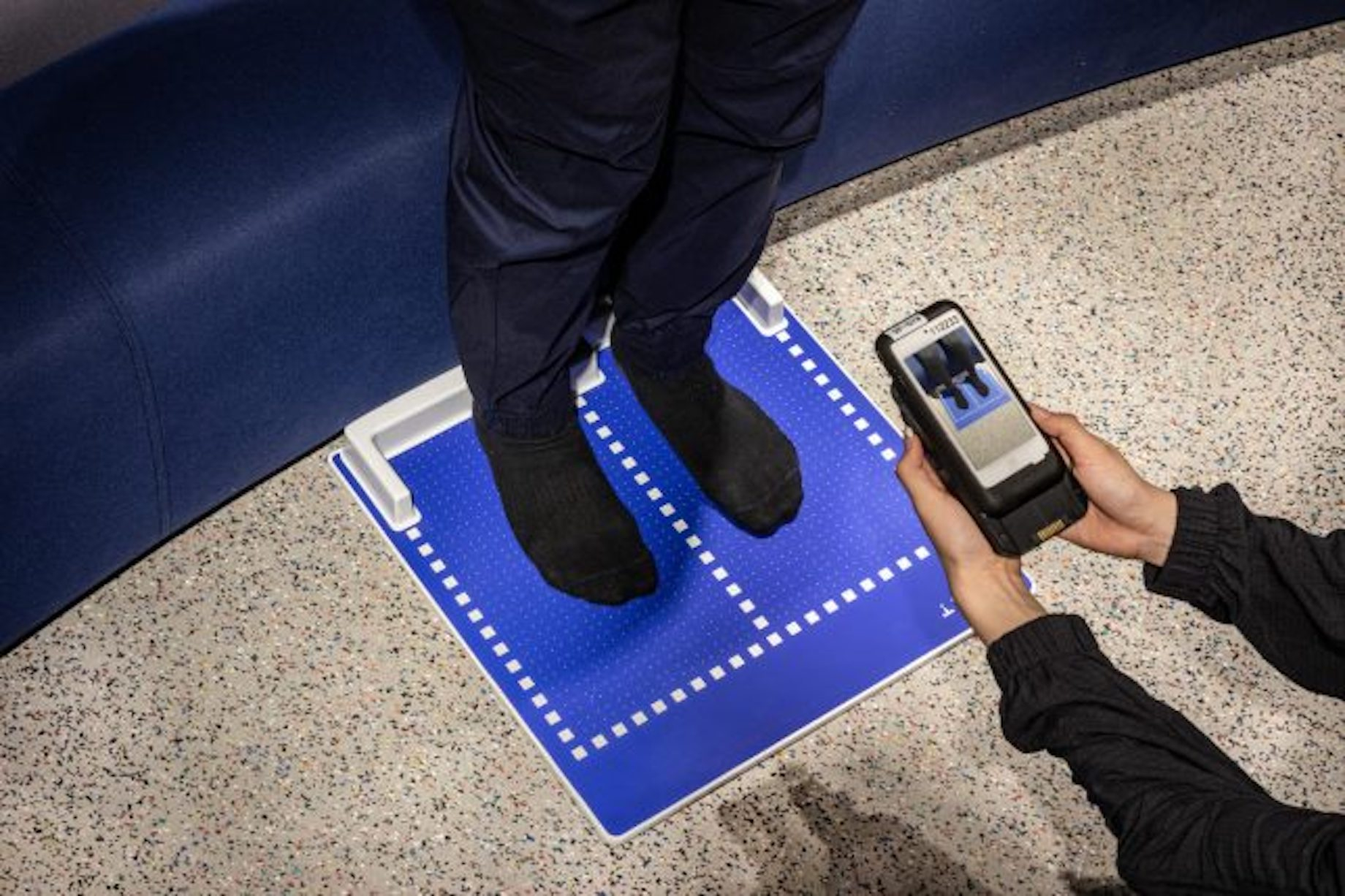
Footwear shopping is also a lot more tech-enabled and convenient. Associates in-store are equipped with Nike Fit, a foot-scanning technology “that uses a proprietary combination of computer vision, data science, machine learning, artificial intelligence and recommendation algorithms” to help shoppers find the best fits for them.
Invest in Personalization
In today’s hyperconnected world, consumers have come to expect personalized content wherever they look. Your experiential retail experience will be much more compelling if you invest in tailored experiences for your customers. Farfetch has become a pioneer for using digital data to personalize the shopping experience. Its so-called “store of the future” uses RFID to populate customer wish lists with items pulled from their browsing histories, enabling advanced personalization of the brick-and-mortar store experience. The brand is planning further investment in augmented reality and niche payment options to deepen their customer-centric brand proposition.
Provide Opportunities to Try Products
The biggest disadvantage of online shopping is customers’ inability to test products before purchasing. Consumers often want to visit store locations to inspect the items first. Experiential retail should enable consumers to test out products in ways that deepen the customer experience and build confidence in your product. At Casper experiential retail stores, consumers can book Nap Appointments to test mattresses, sheets and pillows. It’s an excellent strategy that perfectly aligns with Casper’s philosophy of helping people sleep better.
Build a Community-Focused Space
The purpose of experiential retail isn’t to get as many customers through the checkout as possible; it’s to create an immersive experience that strengthens customer relationships with your brand. Storefronts should guide visitors into participating in your brand philosophy in ways they cannot do online. Creating retail spaces that consumers want to relax and spend time in, whether that’s through interactive dressing rooms or hosting local events, is the key to projecting authenticity.
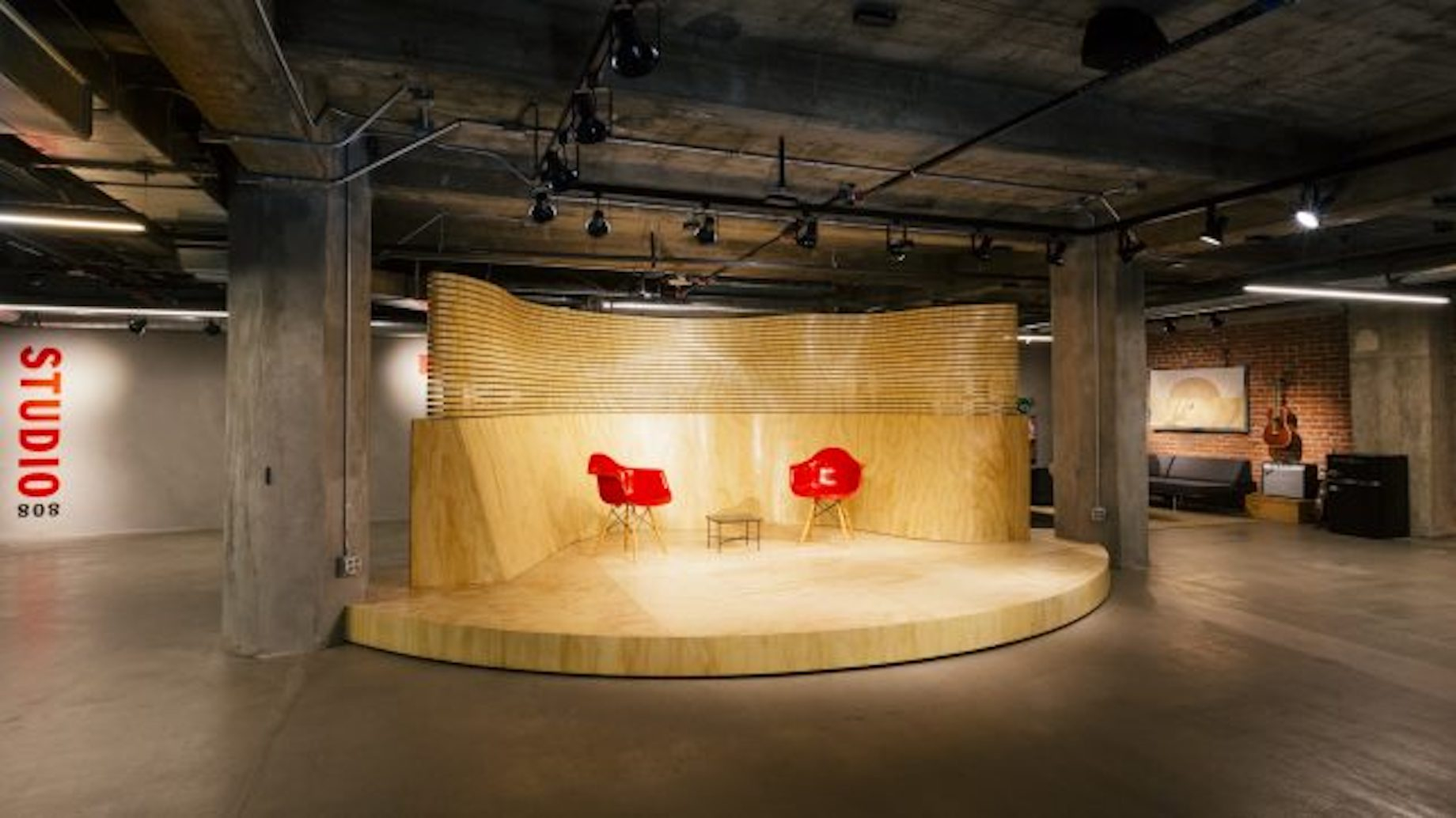
Vans’ downtown Los Angeles location personifies the skate brand’s laid-back and creative approach to retail. The two-floor, 11,500-square-foot space includes an art gallery, skate shop and studio that offers free art workshops. The brand also partnered with Los Angeles nonprofits to recruit homeless youth to work at the store, highlighting the brand’s commitment to serving its local area.
Offer Value-Added Services
For experiential retail to be successful, physical retail stores need key points of difference. If your storefront is a cutout of your e-commerce website, you’re providing customers with no incentive to walk through the door. The best ways to address this? By offering value-added services that your customers won’t find anywhere else.
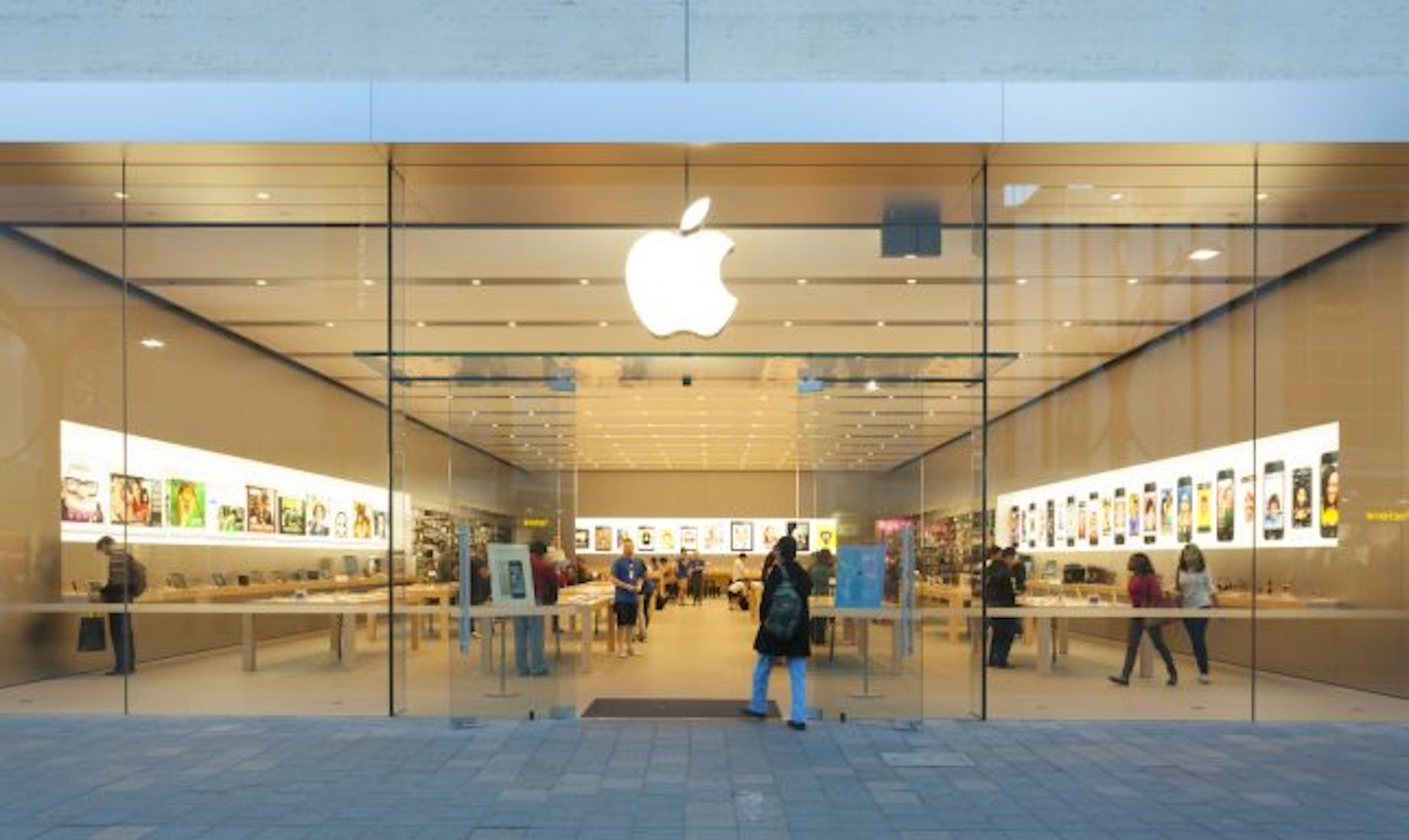
Apple was among the first retailers to invest in experiential retail, and it has paid dividends for the brand’s appeal among Millennials and Baby Boomers alike. With knowledgeable sales associates, in-store classes and exclusive events, Apple has transformed its physical stores into memorable brand experiences that inspire loyalty with every visit.
Implement Localization
A major mistake when it comes to running multiple stores is not localizing your assortments and experiences. When offerings don’t feel fresh or unique to different audiences, this makes it difficult to maintain customer retention. So if you’re launching an experimental retail store in a specific neighborhood, your concept should reflect the location and the people who live there. This builds rapport with new customers and creates more memorable retail experiences.
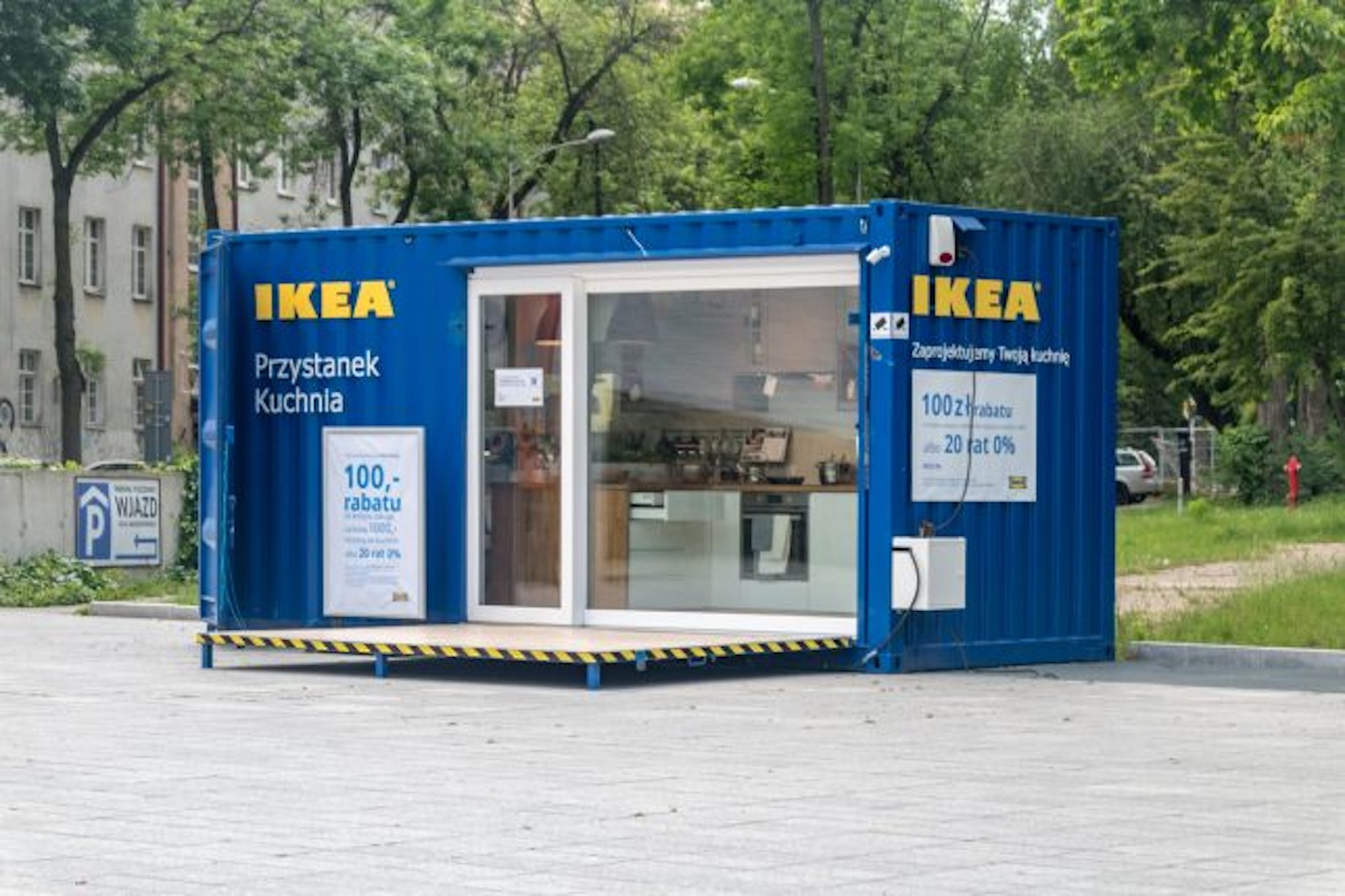
Ikea might be ubiquitous around the world, but the brand is a master of localization. It does extensive research before opening store locations, including going into locals’ homes to find out what items they’d be interested in buying. This has allowed the company subtly to customize its product selections while keeping iconic elements of the brick-and-mortar experience.
Test Consumer Demand with Pop-Ups
Experiential retail can be a costly undertaking, so it’s important to test your concept with your intended audience to make sure that it resonates. Pop-up stores are a great way for retailers to test-drive their showrooms on a smaller, short-term basis. You gain access to valuable customer feedback and confirmation of whether a neighborhood is a good fit for your brand.
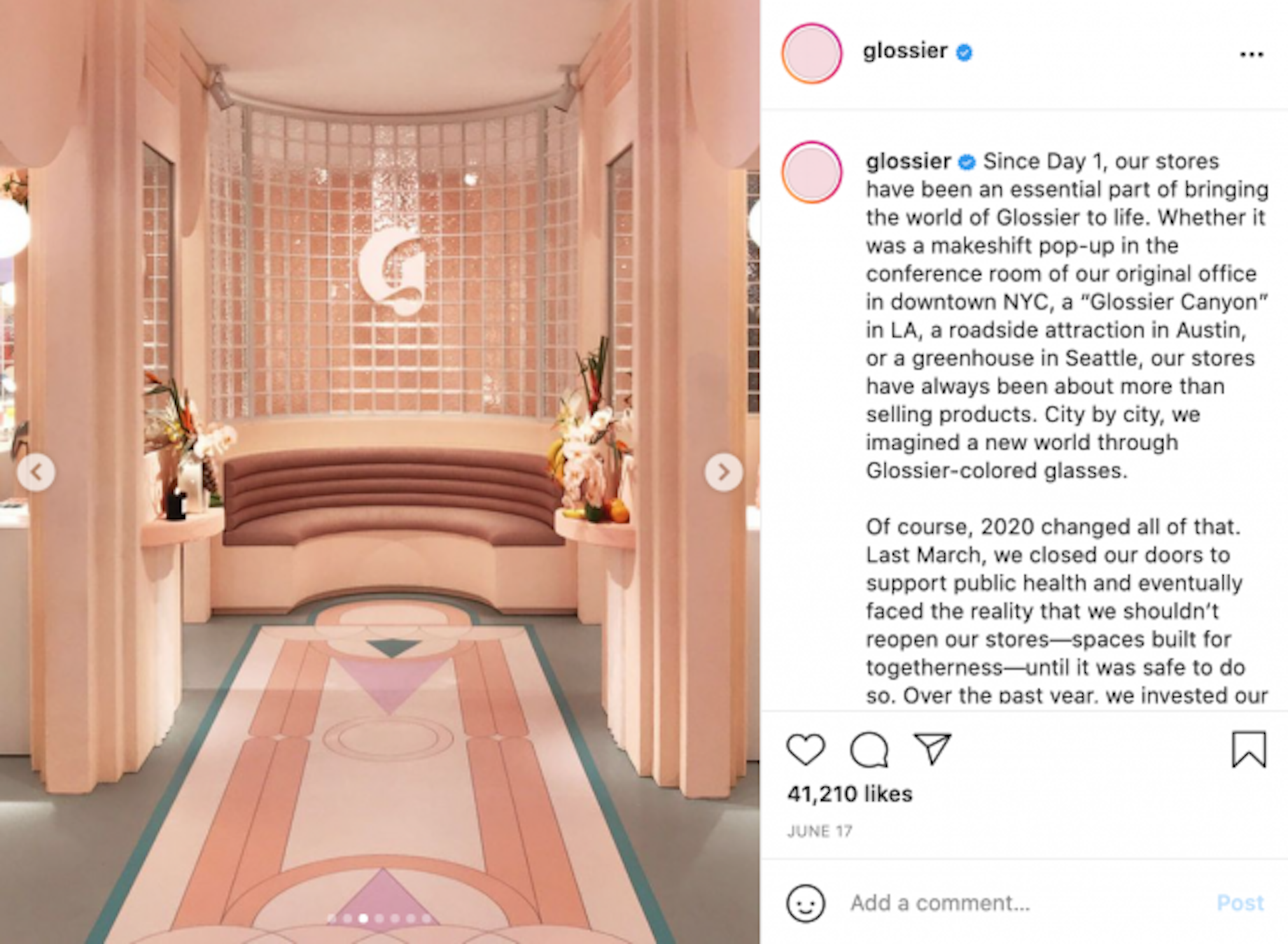
Glossier has built a cult-like social media following through Instagrammable stores that reflect its minimalist brand aesthetic. Glossier maintains just a small handful of flagship stores. But the brand has a well-oiled network of pop-up locations in cities with large customer bases. This experiential retail strategy allows Glossier to perform on-the-ground market research into future permanent locations.
If there’s one takeaway from this article, it’s that experiential retail isn’t just a fad but rather the future of retail as we know it. As more brands invest in memorable store experiences, the more the need to impress consumers is only getting higher. By using the points above to develop your experiential retail strategy, you can create a store concept that wows customers and builds your brand presence.